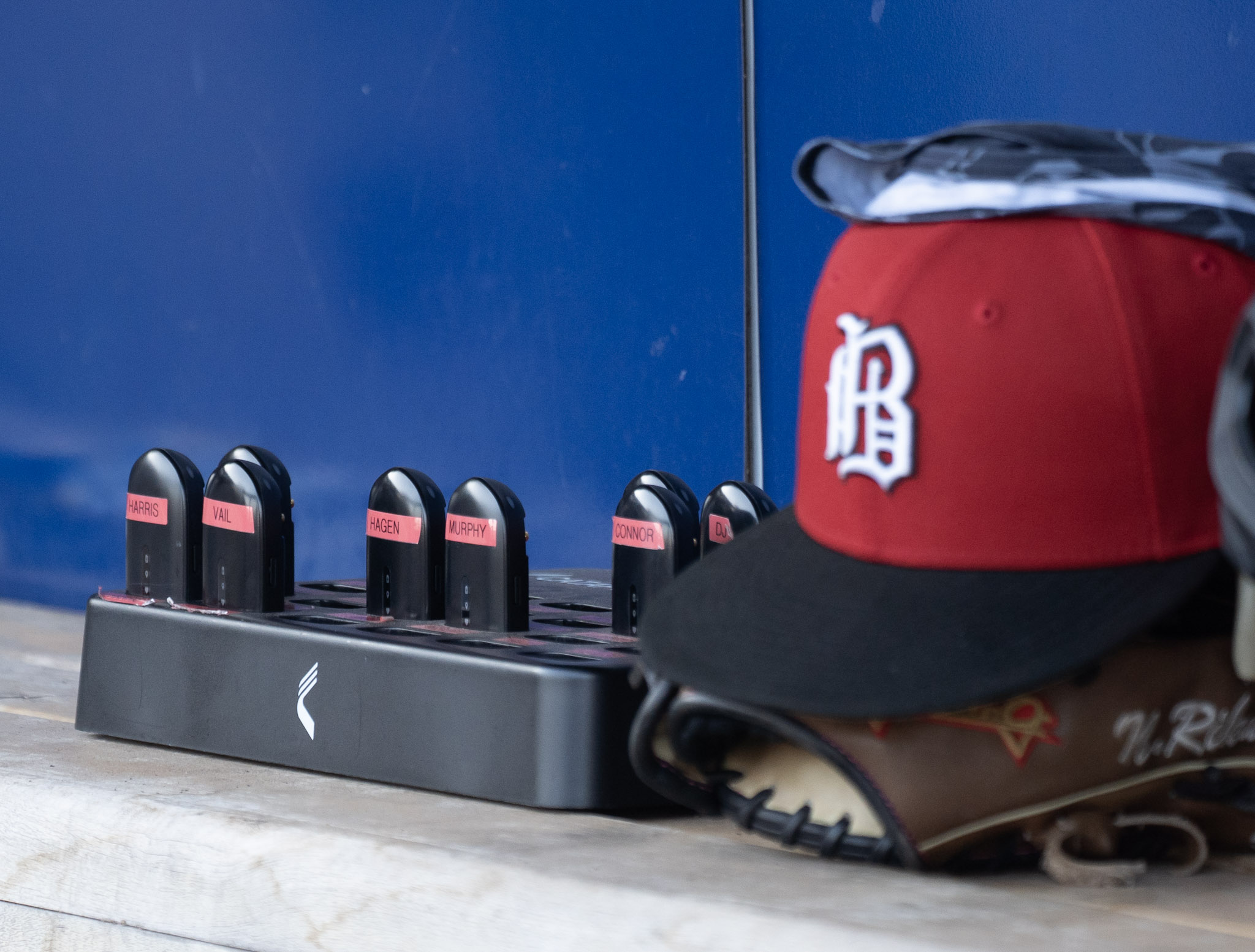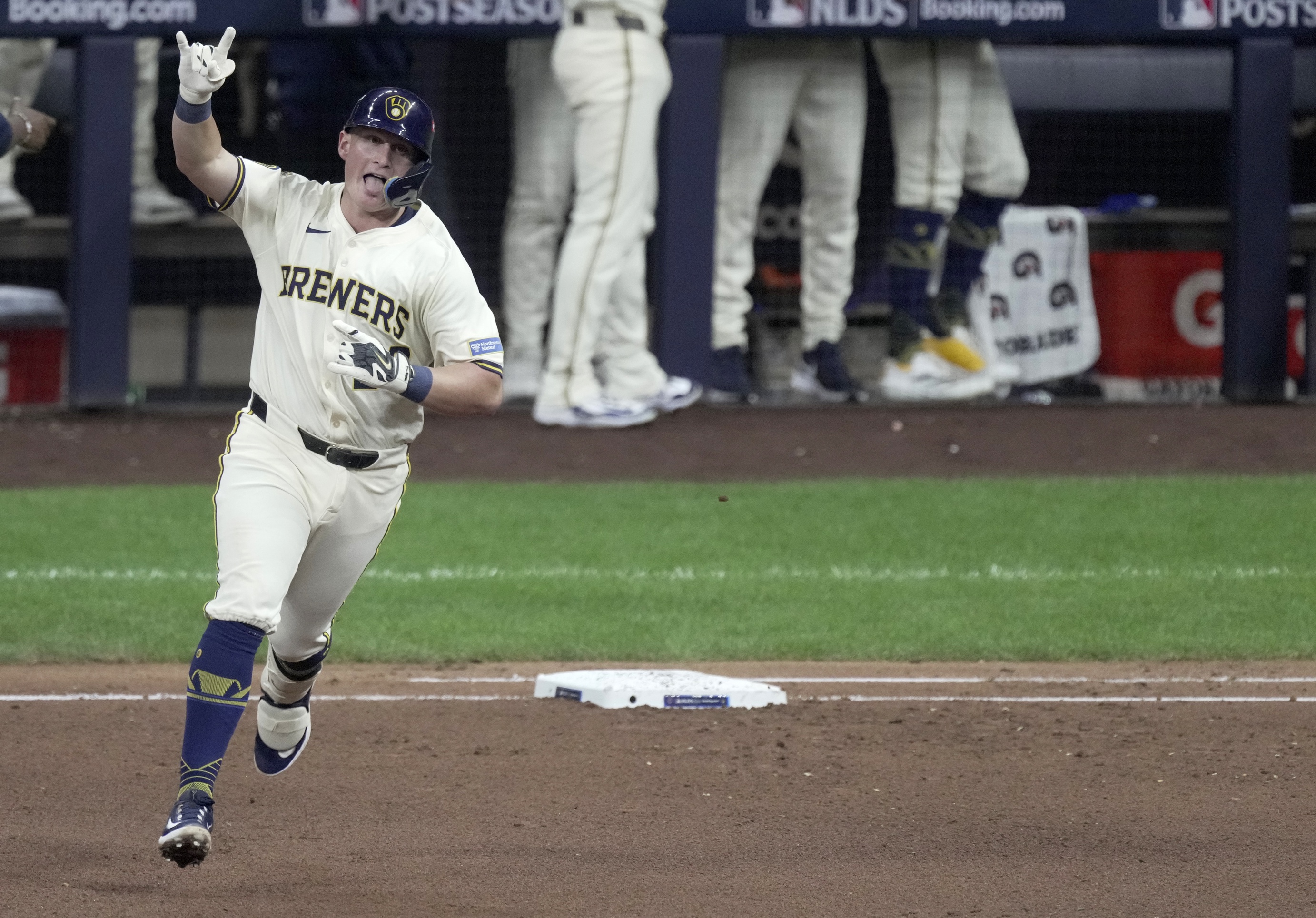Michael Kopech has been doing something of recent that I feel is of broad interest.
"You obviously have the 95 mph slider in his back pocket that you saw," mentioned Korey Lee, casually.
It's actually a cutter, but it was first introduced to him as a way other pitchers throw their slider. And part of the cutter appeals to Kopech is how much the pitch both moves and resembles the function of a slider, while being closer in velocity to a fastball that now regularly clips triple-digits.
"There are ways I can make it smaller and it will play like a true cutter," Kopech said. "I used it in two different ways [Monday] night. I used it as a slider a couple times and then I used it as a cutter. It works in both ways."
Ugh, what a mess.
Surely we are all well-versed in the idea that names for pitches can vary for personal reasons, but this certainly isn't making Statcast's job any easier. They've had to do a lot of cleaning up of recent to delineate the new cutter from Kopech's old slider, which is becoming the old slider because the new cutter is sort of becoming the new slider.
But this is besides the point. The point is that having a breaking ball, or fastball variant that can clip 95 mph is pretty cool and often very useful. Since 2021, the league bats .227 and slugs .336 against breaking balls and cutters thrown 92 mph or harder. The higher the barrier for velocity, the lower the offensive production gets. And as much as early portions of Kopech's April made it seem like he might only throw fastballs for the rest of career, this cutter fills an immediate need for him.
"If you’re throwing 100 mph, an 86-87 mph slider is not enough," said Pedro Grifol. "You’ve got to have something that mimics that fastball with the ability to get off the barrel, which is that cutter at 93-94, which he was doing [Monday]. He was pretty nasty [Monday]. As far as trying to square him up, you’re talking about a 100 mph fastball, a 93-94 mph cutter and an 88 mph slider with horizontal movement, that’s pretty tough. If he’s there, he’s elite."
"It's small, but there's plenty of differential in my fastball shape and my cutter shape," said Kopech, demonstrating by spreading his arms like he's at a University of Florida football game. "It keeps me on plane better. I'm able to stay more on track with my fastball. It's just a slight grip adjustment and the same intensity. I think it's harder for a hitter to pick up."
As a prospect, the power of Kopech's fastball-slider combo was front and center in profile, but he's shifted between a menagerie of primary breaking balls in the majors in search for elusive consistency. There were portions of 2022 where his curveball took center stage, and he has tried his hand at the sweeper craze. But smaller, tighter sliders have always played most naturally for him. In layman's terms, Kopech's most comfortable mode is throwing the hell out of the ball, and this cutter doesn't ask him to step out of his comfort zone.
Kopech had been working on a cutter before arriving in Arizona this spring, but with only spurts of success. It was only when White Sox senior advisor to pitching Brian Bannister showed him the slider grip used by Gerrit Cole and a few others, and told him that throwing it like a cutter was something that should work with his arm slot and pitch profile, that some notes of consistency started to come through...gradually.
"Trying to do too much with a new grip can make your arm pretty sore pretty quick," Kopech said. "So I kinda cooled off on it after spring. But I gently played catch with it and brought it back in slowly and it's good so far."
How does one gently play catch with a low-90s cutter that can move like a slider?
"You only throw it like, twice per day," Kopech said. "Since then I've stopped playing catch with it altogether until I get on the mound."
If shins could breath, the ones belonging to Kopech's throwing partner would be exhaling.
Contact against the cutter isn't hard so far, but it's not generating insane whiff numbers (25 percent of swings). Its success might be best reflected in Kopech's super-hard four-seam fastball continuing to play monstrously at the top of the zone, and keeping hitters from dedicating their full attention to gearing up from it. Through a month of play, as Grifol uses him as a super weapon that always faces the middle of the opposing order during high leverage, Kopech has a 4.41 ERA with too many walks (13 percent rate) and three homers allowed in 16⅓ innings.
While the elite surface results lag behind, the excitement is more about the 28-year-old Kopech's arsenal finally looking and feeling as powerful as it always felt like it should. A lot of that is rooted in a healthy right knee, accepting the rotation in his delivery and letting it rip with borderline elite release extension, but it's put Kopech in a place where he can start adding new weapons that fit.
"I am staying on that rotational plane a lot better and a lot more consistently, but it's happening later," Kopech said, "I'm not rotating early, and I'm rotating harder later. It's keeping me in a more direct path toward the plate and even when I'm out there and really raring back and trying to throw hard, for the most part right now my misses are around the zone. It becomes really easy to tell what I did on what miss when I know what my body is supposed to be doing. If I'm pulling a little too glove side, it probably just means I rotated early. If I'm upshooting one arm side, then I know it's probably because I didn't trust myself to rotate hard on that linear direction."
Missing bats is the greatest currency in pitching, and with a 34.8 percent strikeout rate, Kopech is doing that again and now he's just starting to throw a low-90s cutters. When you have that, Grifol's blazing optimism for the right-hander at least has some basis.
"This guy’s got a chance to be an 80 in the bullpen," said Grifol.






